Why You Should Study Paul Morphy
The first in a new series of posts, focusing on individual players. First up: Paul Morphy.
A popularly held theory about Paul Morphy is that if he returned to the chess world today and played our best contemporary players, he would come out the loser. Nothing is further from the truth. In a set match, Morphy would beat anybody alive today. Bobby Fischer
Paul Morphy is one of the first players that any chess learner is directed to study. Why? Because he was very strong, and the quality of defense by his opponents wasn’t so good, which allowed him to show his ideas in a very clear way. But besides that, Morphy’s games are instructive because of the utility and efficiency of his moves. Morphy has an artistic quality to his play, that was rivaled by few in his era.
Here’s more about Morphy and what you can learn about chess from him.
Morphy's Style
Straightforward and Simple: For its time, Paul Morphy's play was elegant. He also typically played with an objectivity that eluded most of his contemporaries. Morphy was very strong tactically, but compared to players like Adolf Anderssen, he preferred clarity over complication. This makes his games particularly easy to learn from, because virtually every move is straightforward, efficient, and, often, simply the best. Morphy also had a better strategical eye than most players in his day and understood positional elements well before most other players would be able to explain it in words in books and magazines. Though he invariably preferred an open game, he was still relatively keen in closed positions.
Rapid Development in the Opening: No player of his era more than he epitomizes the classical principles of the opening, which became the basis of “modern” chess: Pawns in center, pieces developed, castle, increase control of the center, then build your attack.
Endgame competence: Morphy’s play in the endgame was quite accurate. When his opponents outlasted his smooth play in the opening and middlegame, they still needed to contend with Morphy in the endgame. Morphy didn’t enter a lot of strategic endgames (or so-called queen-less middlegames), but would trade down when it made sense, and knew how to exploit small advantages and turn them into a win.
Smoothly Tactical: Morphy’s games are exemplars of using tactics to win material or mate. And since he was so far ahead of most people he played against, his ideas are very clear. Morphy relied less on traps and more on positional dominance to get positions where tactics flowed like water. This means his tactics are particularly instructive, because they occur so naturally as a result of Morphy’s own moves.
Modern and Positional: Paul Morphy is considered by most to be the world's first "modern" player, and some strong players (such as Capablanca and Alekhine) considered Morphy to also be the world's first "positional" player.
What did they mean by that? Look at Morphy's moves in these positions:
Nowadays, this sort of move suggests itself thanks to modern players swimming in a deep pool of chess history and strategical advice, but Louis Paulsen, one of the premier strategists during the Romantic period of chess, castled on his 7th move, because he did not foresee Morphy’s sharply-spotted 8.Bd6!, terminally blocking off Black’s c8-bishop from development, and in general cramping the game. Morphy went on to win this game by continuing to play on the dark square weaknesses in Black’s position.
Here, as in other Open Game positions, Morphy regularly played (7)…d5! Today, this breaking move is commonplace in many open games when Black is ready to free their game up with counterplay, but not so in Morphy’s heyday, who had to come up with ideas from scratch if he didn’t happen upon them in chess magazines.
Morphy’s Opening Repertoire
In every instance of Morphy's repertoire, you see the why he is referred to as "modern": Central control and rapid development dominate his opening style. Morphy’s repertoire was fighting and tended to be direct and tactical. This is a great foundation for any player to begin with, because tactics never cease in chess. Therefore, getting into tactical positions was one of Morphy’s fortes, and many people have benefited from studying how he played the opening.
As White: King’s Gambit, Evans Gambit, Ruy Lopez Opening, Open Sicilian, Exchange French
Morphy was, like most romantics, an inveterate King's Gambit (1.e4 e5 2.f4) and Evans Gambit (2.Nf3 Nc6 3.Bc4 Bc5 4.b4) player, especially earlier in his career.
Near the end of his world tour and career, as he faced increasingly difficult competition in Europe, he also began to frequent the Ruy Lopez Opening (3.Bb5). Back in his day, it wasn’t at all clear this was the objectively best way to open a chess game with 1.e4, but Morphy increasingly relied on it against tougher opposition.
He was one of the first players to develop the Open Sicilian, through the Smith-Morra Gambit move order (1...c5 2.d4 cxd4 3.Nf3). While the main line is now 2.Nf3 first, the idea of playing 3.d4 to break open the center is a mainstay, and Morphy was one of the great popularizers of this idea.
Against defenses like the French Defense, Morphy invariably took the center with 2.d4. Morphy preferred the openness of the Exchange variation (2…d5 3.exd5 exd5).
As Black: The Open Game and Dutch Defense
With Black, he usually responded to 1.e4 with 1...e5. Against the King's Gambit (2.f4) he would accept with 2...exf4 or counter with 2...d5 (the Falkbeer Countergambit).
Against 2.Nf3, he chose between 2...Nc6, inviting the Italian, Spanish, Scotch, or Three/Four Knights games, and 2...d6, Philidor's Defense. He also sometimes employed the Petrov Defense with 2…Nf6.
Against 1.d4 he sometimes chose to play 1…d5, but was most successful with 1…f5, the Dutch Defense. These games in the Dutch often show how advanced Morphy’s ideas were at the time, and gives further credence to the supposition that Morphy was many decades (if not more) ahead of his time. Also, peep the endgame skill in this nice routing of European master Daniel Harrwitz:
Against Anderssen's delayed English Opening 1.a3, Morphy's games transposed to a Reversed Sicilian after 1...e5 2.c4.
Morphy paid attention to opening theory and published games through chess magazines, even long after he retired. He often would find and then play improvements over his contemporaries lines. Even when Steinitz was on the road to World Champion, Morphy was watching!
Of the above position, Morphy was recorded to have said “His gambit is entirely unsound.”
Morphy's Weaknesses
Morphy was so ahead of his time it almost feels wrong to discuss some of his weaknesses. But there are some legitimate critiques against his play when looking at it from today’s perspective.
Pawn Disrespecter: He didn't always play well in closed positions, in part because he wasn't so careful with his pawns (he’d often sacrifice them unsoundly in closed positions):
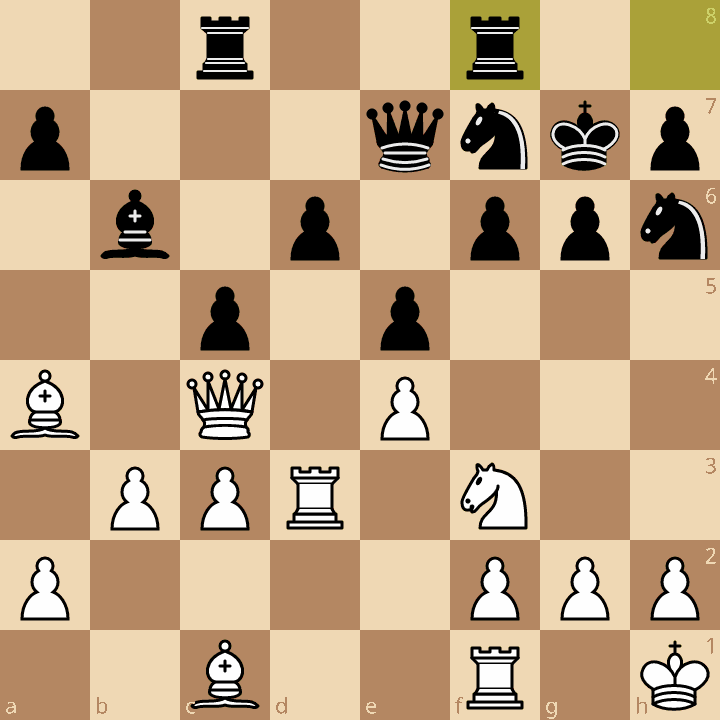
Coffeehouse Mover: Morphy played quickly, and occasionally engaged in uncritical play in the opening and got himself in trouble for it.
Static Position Hater: This is another thing we can partially chalk up to the theory of the day which was overwhelmingly based on the open games after 1.e4 e5. Nevertheless, Morphy was a dynamic player who tended not to sit in a position (compare with Anderssen). Sometimes he sought clarifications when it would be better to increase the tension. This shows up most in his treatment of closed positions, where he sometimes overpresses for an attack rather than continuing to wait and patiently build his position.
Conversations: What are YOUR thoughts about Morphy?
Do you have a favorite game by Morphy? Do you think he’s over- or under-rated? Do you have any books you would suggest others to read? Questions? Let us know in the comments below.
Morphy Resources
Agadmator’s epic Morphy Saga Youtube series
Ben Finegold’s Morphy Lectures
Illustrative Games
The Opera Game - This is probably the most famous game of chess of all time.
Paulsen-Morphy, New York 1857, 1st American Chess Congress, Match 4, Round 6 - Morphy again drops a piece in front of a backwards d-pawn and makes White suffer the entire game.
Paulsen-Morphy, New York 1857, 1st American Chess Congress, Final, Game 6 - Morphy sacrifices a queen for an elegant mating attack.
Anderssen-Morphy, Paris 1858, Game 6 - Morphy outplays the strongest European master in the world in a strategic maneuvering game.


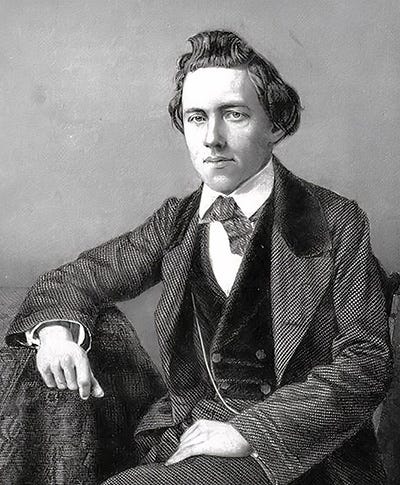
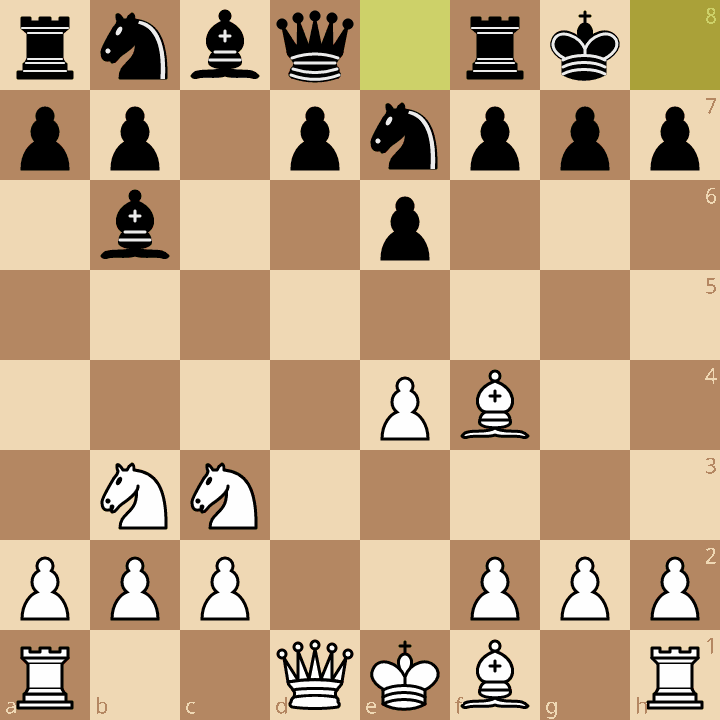
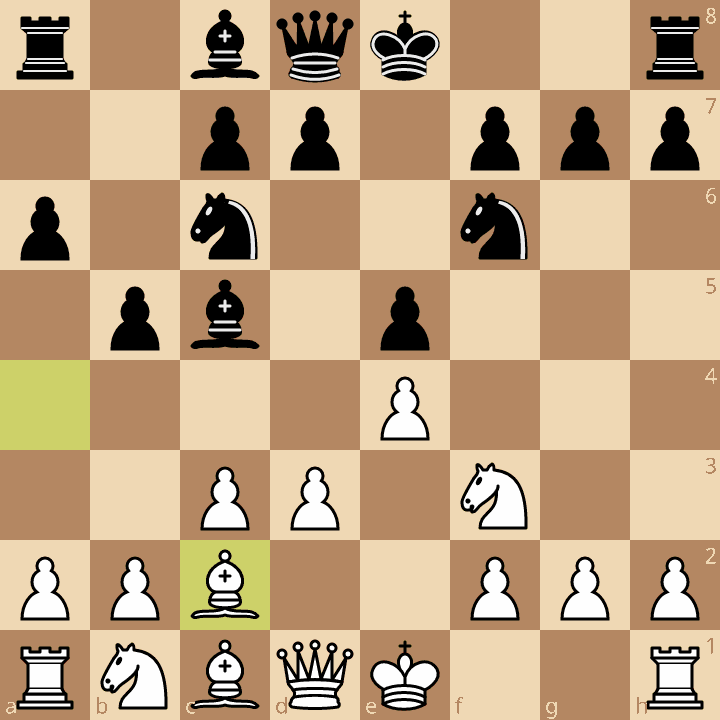
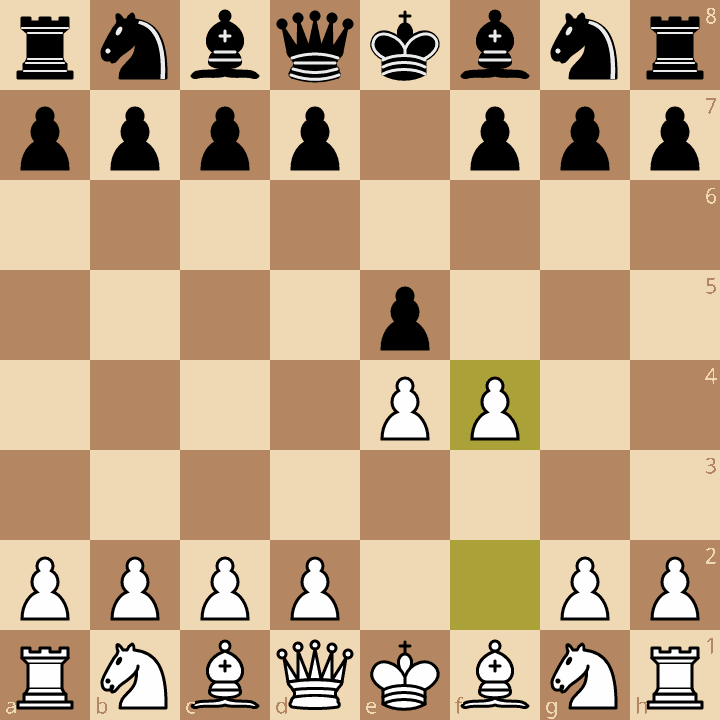
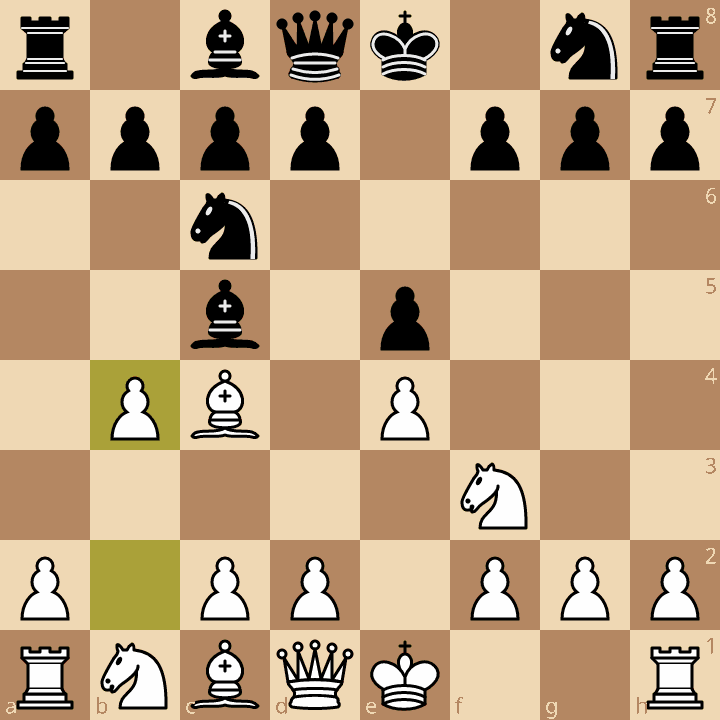
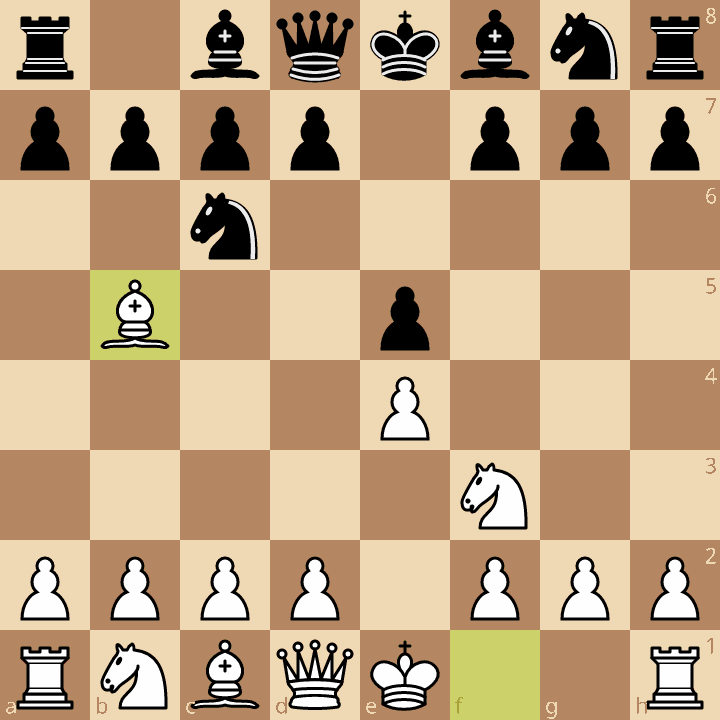
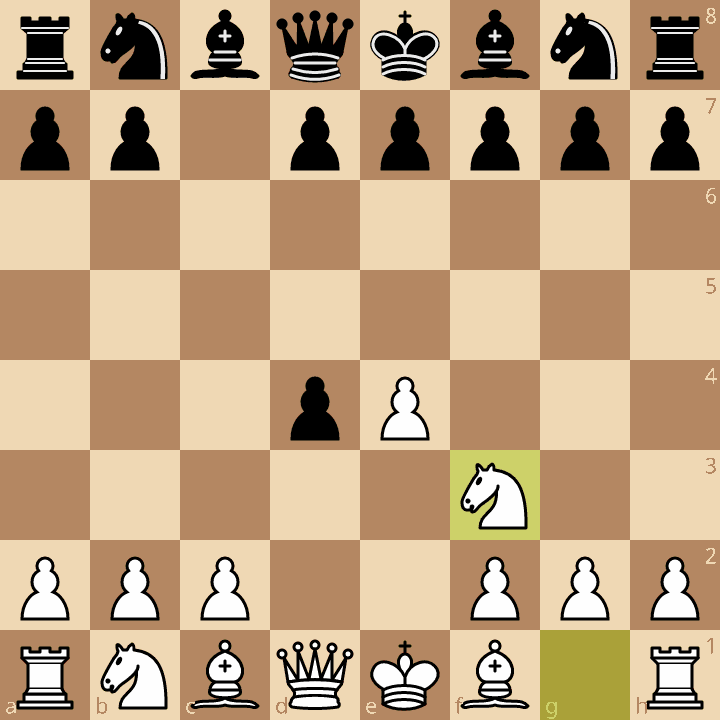
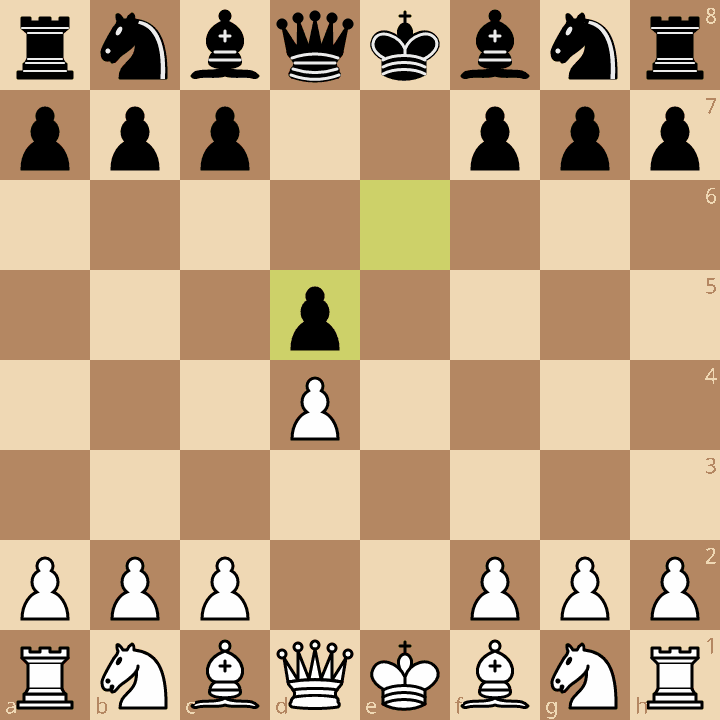

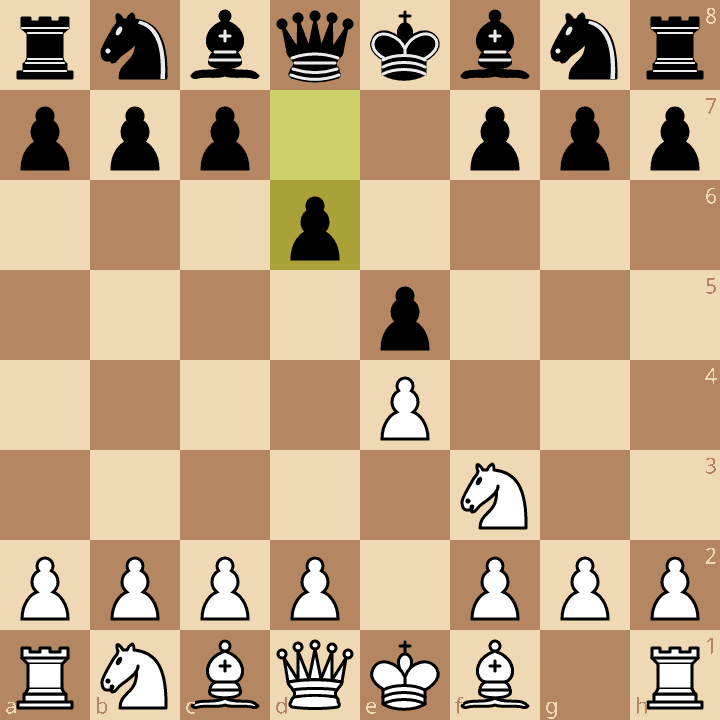
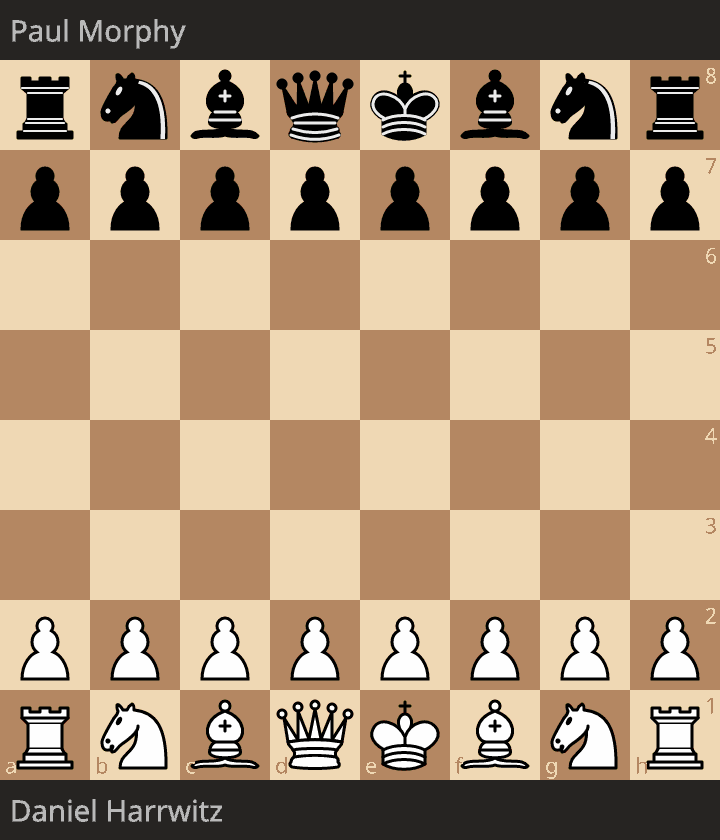
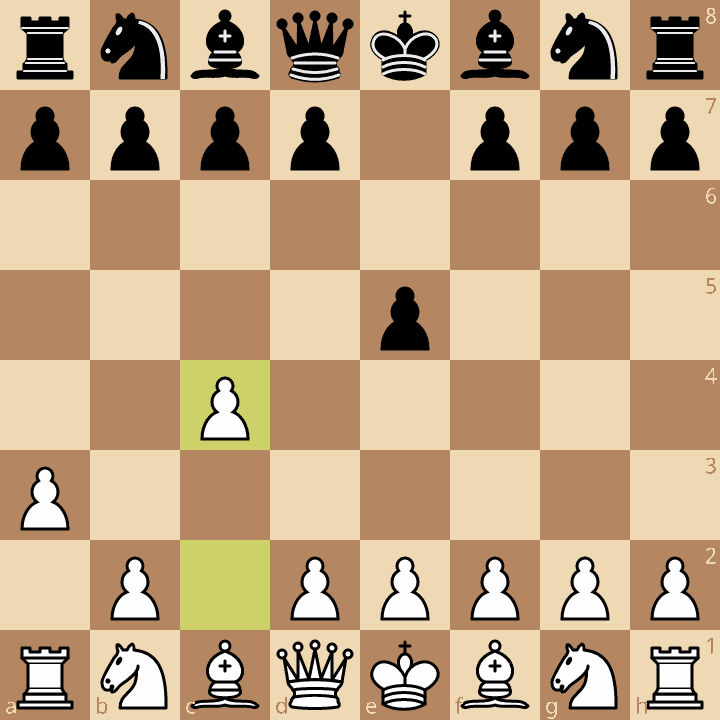
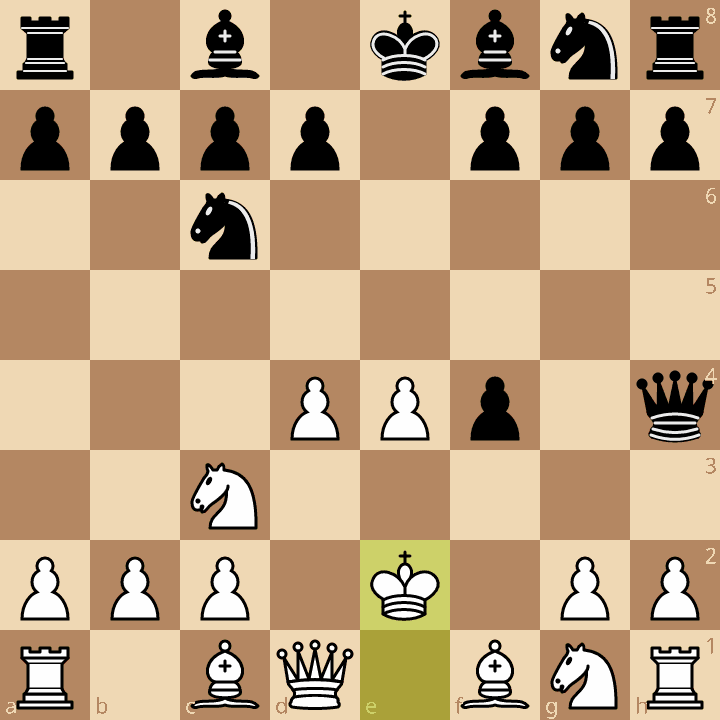


This is a great resource. Very helpful, particularly for an adult learner/improver. Thanks!
i think Morphy's good to study, but I think studying him tends to be overrated. People know things like the Two Knights defense against the Italian better than Morphy's opponents did at a much lower level. I believe Alexander Alekhine is really the first guy to study in depth if you're an attacking player. His opponents would survive the opening and be developed, so you get better middle game lessons.